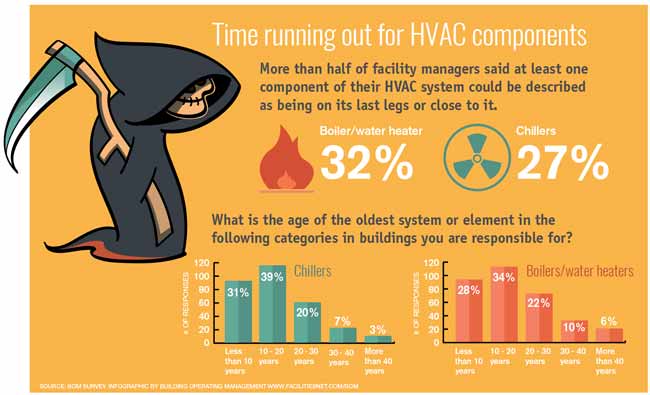The Future Of Home Heating - Exactly How Heat Pump Technology Is Advancing
The Future Of Home Heating - Exactly How Heat Pump Technology Is Advancing
Blog Article
Material Create By-Baker Ringgaard
Heat pumps will certainly be a vital innovation for decarbonising heating. In a scenario consistent with governments' announced power and environment commitments, their global capability increases by 2030, while their share in heating rises to one-quarter.
They function best in well-insulated homes and rely upon electricity, which can be provided from an eco-friendly power grid. Technological breakthroughs are making them more reliable, smarter and less expensive.
Gas Cells
Heatpump make use of a compressor, cooling agent, coils and followers to relocate the air and heat in homes and devices. you could try here can be powered by solar energy or power from the grid. They have actually been gaining popularity due to their inexpensive, peaceful operation and the ability to produce electrical power during peak power need.
Some companies, like IdaTech and BG MicroGen, are dealing with gas cells for home heating. These microgenerators can change a gas boiler and create a few of a home's electric demands with a link to the electrical energy grid for the rest.
Yet there are factors to be cynical of using hydrogen for home heating, Rosenow claims. It would be expensive and ineffective contrasted to other modern technologies, and it would certainly add to carbon emissions.
Smart and Connected Technologies
Smart home modern technology enables home owners to attach and regulate their devices remotely with making use of mobile phone applications. For instance, clever thermostats can learn your home heating choices and instantly adjust to enhance energy usage. Smart lighting systems can be controlled with voice commands and immediately shut off lights when you leave the area, decreasing energy waste. And wise plugs can keep an eye on and handle your electrical use, permitting you to identify and restrict energy-hungry home appliances.
The tech-savvy household shown in Carina's meeting is an excellent picture of exactly how owners reconfigure room heating techniques in the light of new wise home technologies. They rely on the gadgets' automated functions to execute day-to-day adjustments and regard them as a practical methods of performing their home heating methods. Thus, they see no reason to adapt their methods even more in order to make it possible for adaptability in their home power demand, and treatments aiming at doing so may face resistance from these households.
Electrical energy
Given that warming homes accounts for 13% of US exhausts, a button to cleaner alternatives can make a huge difference. Yet the modern technology faces difficulties: It's expensive and calls for comprehensive home remodellings. And it's not constantly compatible with renewable resource resources, such as solar and wind.
Till recently, electric heatpump were too costly to compete with gas versions in most markets. Yet new developments in layout and materials are making them extra budget-friendly. And far better cool environment performance is allowing them to work well even in subzero temperature levels.
The following step in decarbonising home heating may be the use of warmth networks, which attract warmth from a main resource, such as a neighboring river or sea inlet, and distribute it to a network of homes or buildings. That would reduce carbon discharges and enable households to benefit from renewable energy, such as eco-friendly electrical energy from a grid supplied by renewables. This choice would certainly be less pricey than changing to hydrogen, a fossil fuel that needs brand-new infrastructure and would just reduce carbon dioxide exhausts by 5 percent if coupled with boosted home insulation.
Renewable resource
As electrical power rates drop, we're beginning to see the exact same pattern in home heating that has driven electric cars and trucks right into the mainstream-- however at an even much faster speed. The strong environment situation for electrifying homes has been pushed better by new study.
Renewables account for a considerable share of modern-day warmth consumption, however have actually been provided minimal policy attention worldwide contrasted to other end-use industries-- and also much less attention than electricity has. In part, this mirrors a mix of customer inertia, divided motivations and, in numerous countries, subsidies for fossil fuels.
New technologies might make the shift simpler. For instance, heatpump can be made more power effective by changing old R-22 refrigerants with new ones that don't have the high GWPs of their precursors. https://www.runnersworld.com/training/a37156471/summer-running-why-it-feels-hard-to-train/ visualize area systems that attract warmth from a neighboring river or sea inlet, like a Norwegian fjord. https://docs.google.com/spreadsheets/d/1OF6iqsyIAkh2jXHF5MQcFBxUuLa7aTTJPBnZ4DhDyVo/edit?gid=171669585#gid=171669585 can after that be used for heating and cooling in an area.